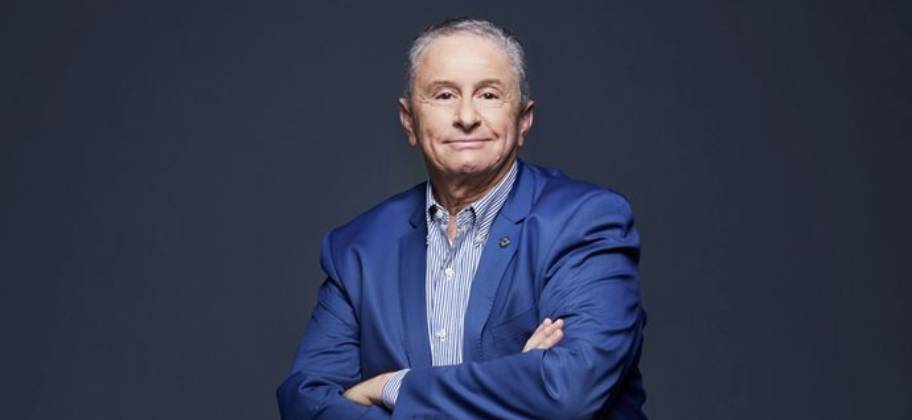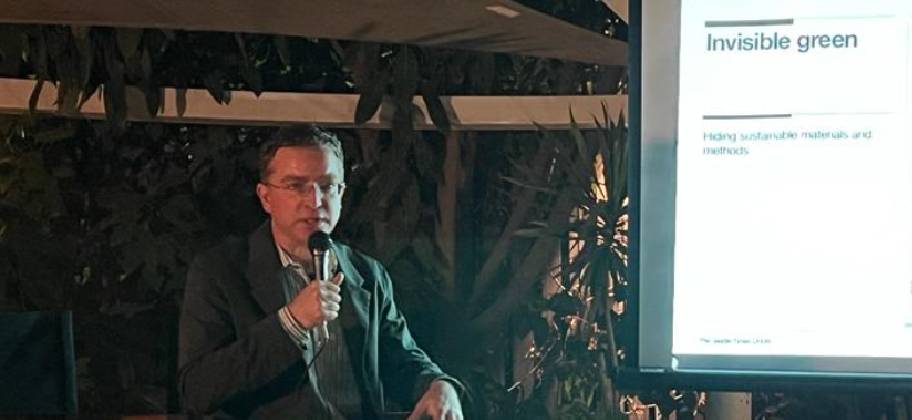In the ever-evolving landscape of global sustainability efforts, a brilliant mind has emerged as a guiding force in the world of Smart Digital Green (SDG) innovation. We had the honor to conduct an interview with Prof. Hany Moustapha, the remarkable academic and visionary CEO of the Sustainable Development Goals Network (SDG) at the University of Quebec, Montreal, Canada. He’s a champion of smart and sustainable solutions that help our environment.
In our interview with Prof. Moustapha, we explore how smart technology can make the world a better place. Discover his inspiring ideas and how he’s using technology to create a more eco-conscious future.
Who is Prof. Hany Moustapha?
He is an Egyptian scientist, professor, and CEO of the Smart-Digital-Green (SDG) Network at the University of Quebec, Montreal, Canada.
Prof. Hany Moustapha had a very interesting talk under the title “Beyond Industry 4.0/5.0: Impact of AI on Society, The Feminization of Leadership”. His words were insightful and resilient, and he had a distinct viewpoint.
Then, we had the privilege to ask him a few questions.
What are the activities that SDG does to achieve sustainability?
One of the new developments we’ve been discussing in the world for the past 3 or 4 years is the concept of having a helicopter with four passengers and a pilot that operates entirely on electricity. These aircraft will be of paramount importance and highly practical for transporting medical equipment or injured individuals from one location to another. They can also transport tools or equipment over hundreds of kilometers.
In addition, they are environmentally friendly, as they don’t emit any harmful gases into the environment, unlike kerosene-powered aircraft. These electric helicopters run on batteries. This idea is currently in development in Canada, the United States, and Europe. Furthermore, the upcoming Olympics in Paris will make use of these types of aircraft, also known as “electric vertical takeoff and landing,” which gets the “vertical” part from how the propellers change direction to function like a regular airplane.
It’s crucial to encourage companies to adopt these policies by advancing battery technology. The challenge lies in the size and weight of the batteries for aircraft. It’s not an issue to have a battery in a car or a train, as we are on the ground. However, it’s much more challenging to have a battery of this size in an aircraft. Currently, we are working on reducing the battery size so that we can increase the helicopter’s passenger capacity to carry 6 or 8 passengers and extend its range. This is what we refer to as “advanced air mobility” at present, and it’s completely green and sustainable.




